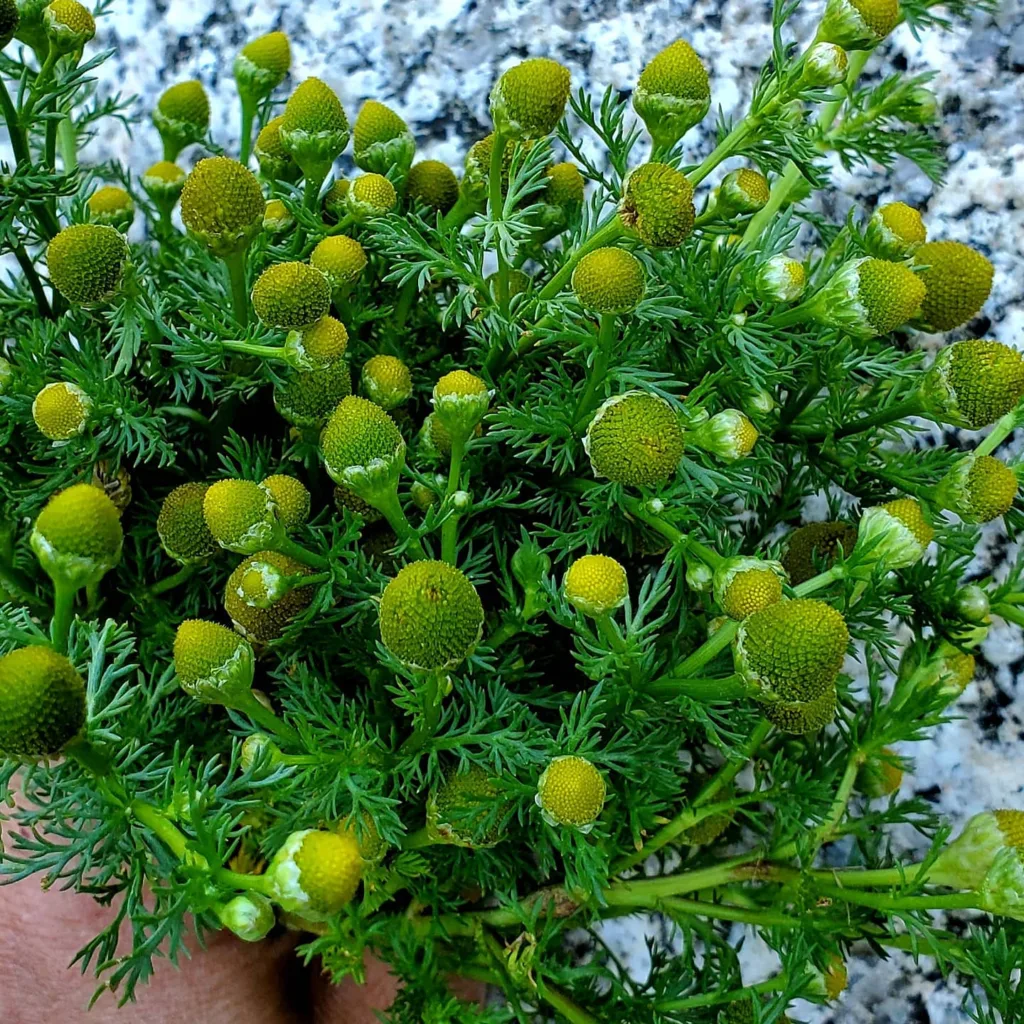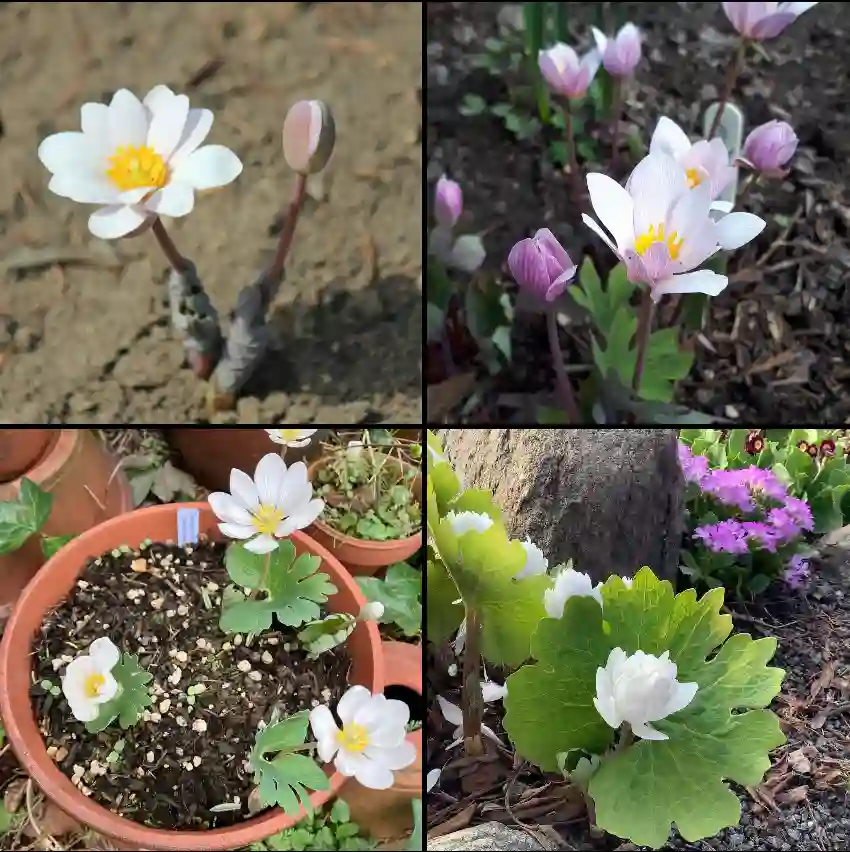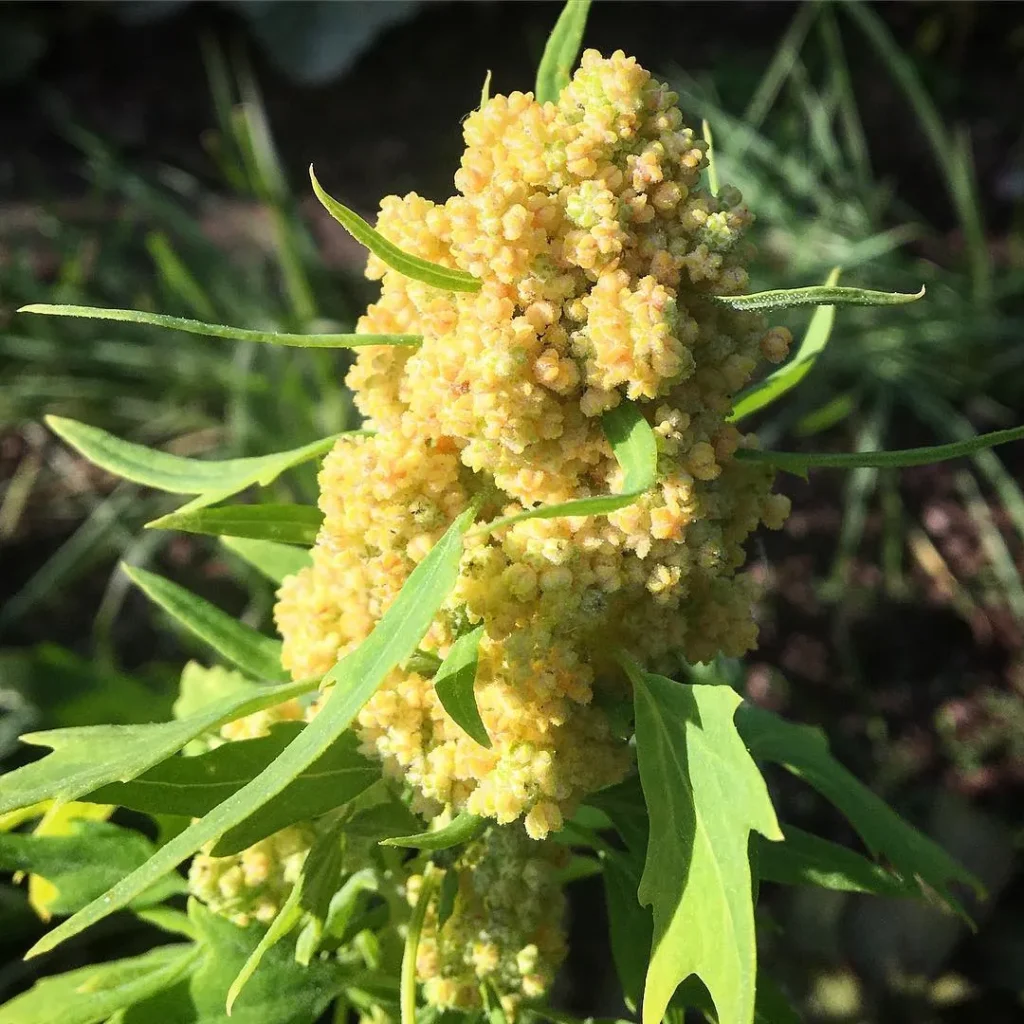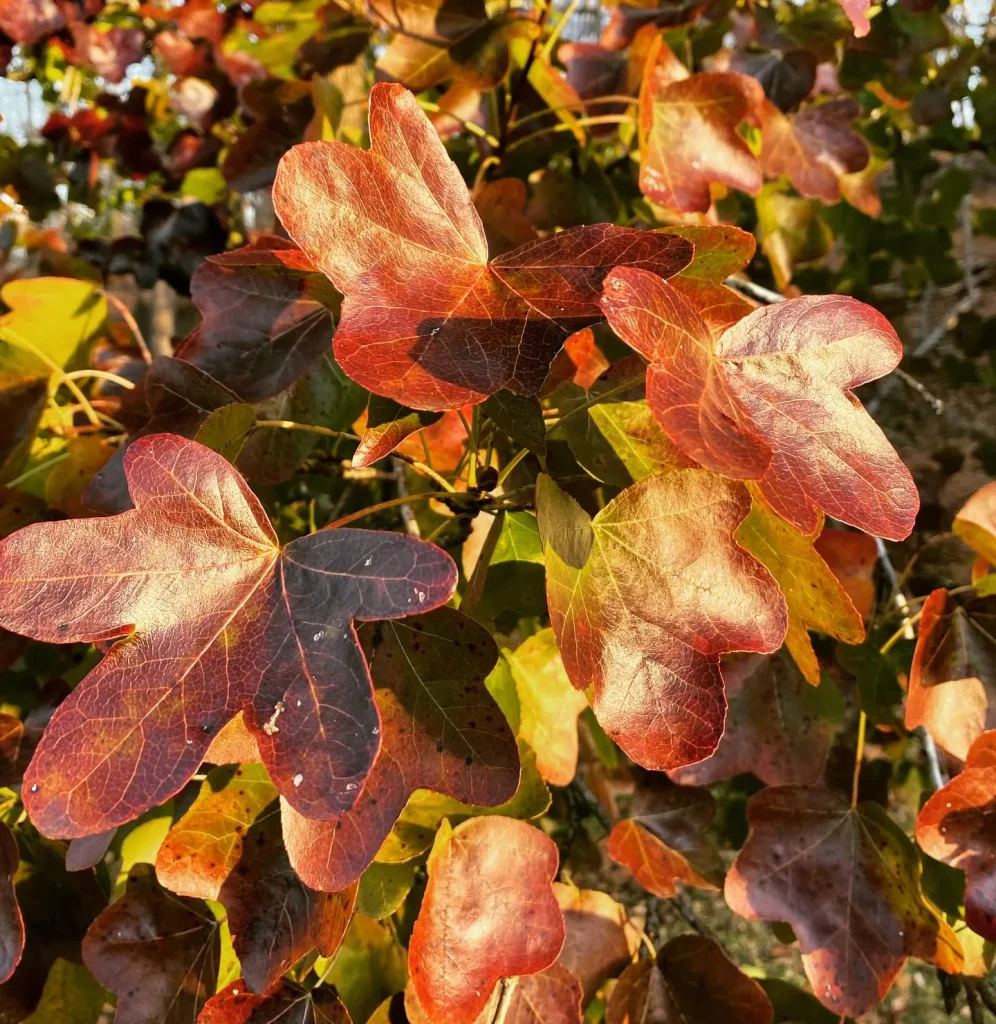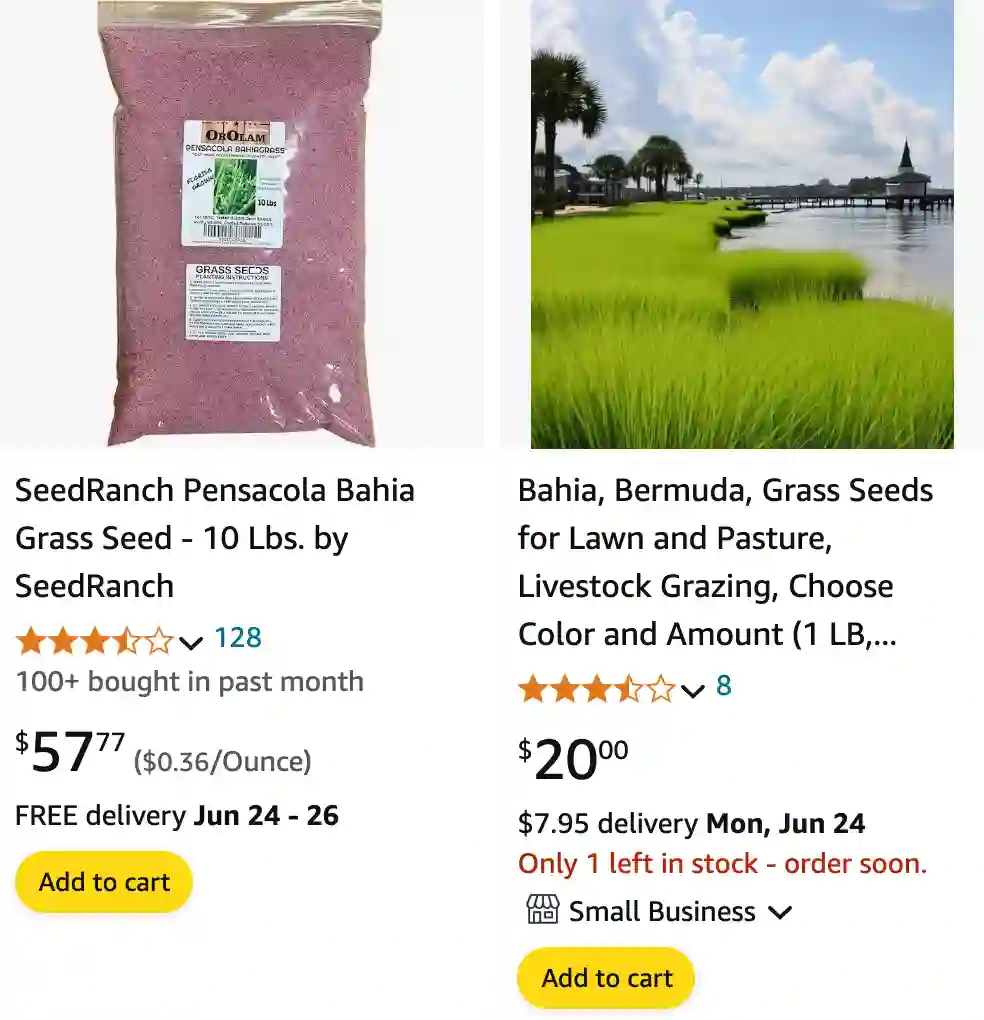
All You Need to Know About Bahia Grass: A Low-Maintenance Lawn for the Southeast
Hi, I’m Ferb Vu, and I’ve been helping homeowners in the Southeast achieve lush lawns for years. One grass type that thrives in our hot, humid climate is Bahia Grass. It’s not for everyone, but for those seeking a low-maintenance option, Bahia Grass is a champion. Let’s dive into some common questions I get about this unique turf.
356 Species in Genus Paspalum
What is Bahia Grass?
Bahia Grass is a warm-season, drought-tolerant grass native to South America. It’s known for its coarse texture and low-growing habit. Unlike its more luxurious cousins, Bahia Grass prioritizes survival over aesthetics. This makes it perfect for sunny areas with sandy soil, where other grasses struggle.
Bahia Grass vs Bermuda Grass
Since I’ve been managing my lawn, I’ve found that Bahia Grass and Bermuda Grass offer quite different experiences. Bermuda Grass feels like a tough contender—quick to spread and handle foot traffic, but it demands frequent mowing in the growing season. Bahia Grass, on the other hand, seems hardy but slower to establish. It handles drought well, which is a huge plus, but doesn’t recover from heavy wear as fast as Bermuda.
Bahia Grass vs St Augustine
St. Augustine Grass and Bahia Grass both have their perks, but St. Augustine stands out for its lush, thick growth that feels great underfoot. I’ve noticed it thrives in shadier spots where Bahia might struggle. Bahia Grass, though, wins for its lower maintenance needs once established, especially in hot, dry conditions where St. Augustine can wilt a bit.
Bahia Grass vs Dallisgrass
Dallisgrass has been a bit of a nuisance in my lawn journey. It grows fast and competes aggressively with Bahia Grass, often forming clumps that are hard to manage. I’ve had to be diligent about pulling it out to keep my Bahia lawn looking tidy. Bahia Grass, in comparison, takes more time to fill in but seems to hold its own against Dallisgrass once established.
Bahia Grass vs Centipede
Centipede Grass offers a nice alternative to Bahia Grass with its low maintenance requirements and slow growth. It creates a dense, carpet-like lawn that stays green without as much fertilizer. Bahia Grass, while hardier in dry conditions, requires more maintenance and doesn’t spread as quickly to fill in bare spots like Centipede.
Bahia Grass vs Crabgrass
Crabgrass is a persistent foe in lawns, and I’ve had my fair share of battles with it. Bahia Grass struggles to compete with Crabgrass’s rapid spread and resilience. It requires regular treatments to keep it under control and prevent it from overtaking the lawn. Bahia Grass, although hardy, needs careful attention to prevent Crabgrass from taking over.
Bahia Grass vs Zoysia
Zoysia Grass and Bahia Grass each have their strengths, but Zoysia stands out for its dense, lush appearance and durability in high-traffic areas. It’s slower to establish than Bahia Grass but requires less water and mowing once it’s set. Bahia Grass, while tough in dry conditions, can’t quite match Zoysia’s luxurious feel underfoot and ability to recover from wear and tear.
How to care for Bahia Grass?
Planting: The best time to plant Bahia Grass seed is in the spring. Prepare the soil by removing weeds and debris, then rake it smooth. Sow the seeds shallowly and keep the area moist until germination, which can take several weeks.
Mowing: Bahia Grass doesn’t need to be babied. Mow it to a height of 3-4 inches whenever it gets overgrown. This higher mowing height encourages deeper root growth, making it more drought tolerant.
Watering: Bahia Grass is remarkably drought-resistant. Water deeply when the grass shows signs of stress, like a blue-grayish color or footprints lingering for extended periods.
Fertilizing: Bahia Grass requires minimal fertilizer. A single application in late spring or early summer is usually sufficient. Avoid over-fertilizing, as it can encourage weed growth.
Bahia Grass: Pros and Cons
Pros:
- Drought-tolerant: Thrives in hot, dry climates.
- Low-maintenance: Requires minimal mowing, watering, and fertilizing.
- Adaptable: Tolerates poor-quality, sandy soil.
- Pest-resistant: Generally less susceptible to pests compared to other warm-season grasses.
Cons:
- Coarse texture: Not as visually appealing as other lawn grasses.
- Slow establishment: Takes longer to establish a thick lawn from seed.
- Not shade-tolerant: Needs full sun to thrive.
- Can be invasive: May spread into unwanted areas if not controlled.
Is Bahia Grass Right for You?
Bahia Grass isn’t for everyone. If you prioritize a picture-perfect lawn, you might be disappointed. But for those seeking a low-maintenance, drought-resistant option, Bahia Grass is a champion. It’s perfect for sunny areas with sandy soil and for homeowners who don’t have the time or resources for high-maintenance lawns.
Common Bahia Grass Issues and Solutions
- Brown Patch: This fungal disease can cause circular patches of brown, wilting grass. Apply a fungicide labeled for Bahia Grass when conditions are favorable for fungal growth, like cool, moist weather.
- Chinch Bugs: These small, sap-sucking insects can damage Bahia Grass lawns. Look for signs like wilting patches and yellowing blades. Insecticides labeled for chinch bugs can help control infestations.
- Weed Control: Bahia Grass can be susceptible to weeds, especially during establishment. Apply a pre-emergent herbicide in early spring to prevent weeds from germinating. For existing weeds, use a selective herbicide labeled for Bahia Grass.
Additional Tips for a Healthy Bahia Grass Lawn
- Aerate compacted soil: This improves drainage and allows air, water, and nutrients to reach the roots. Aeration is especially important in clay soils.
- Overseed bare patches: Overseeding helps thicken your Bahia Grass lawn and prevent weeds from taking hold. The best time to overseed is in early spring or fall.
- Sharpen your mower blades: Dull mower blades can tear and damage grass blades, making them more susceptible to disease. Sharpen your mower blades regularly for a clean cut.
Final Thoughts
Bahia Grass might not be the most glamorous lawn option, but it gets the job done in the Southeast. Its low-maintenance nature and resilience to heat and drought make it a valuable choice for many homeowners. If you’re looking for a fuss-free lawn that thrives in our climate, Bahia Grass is definitely worth considering.
If i die, water my plants!
